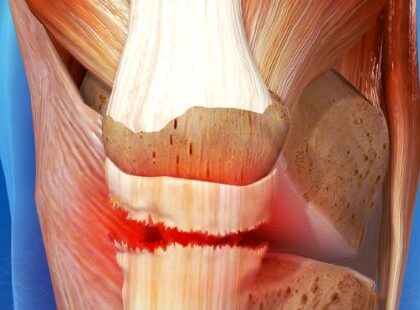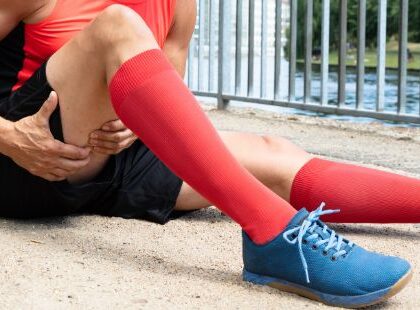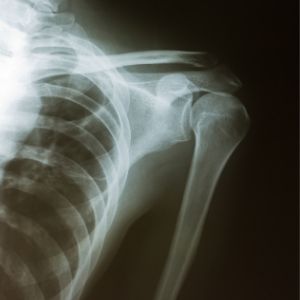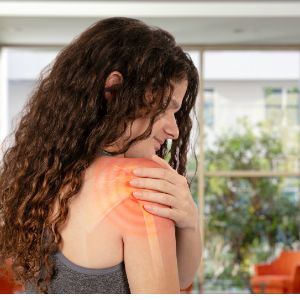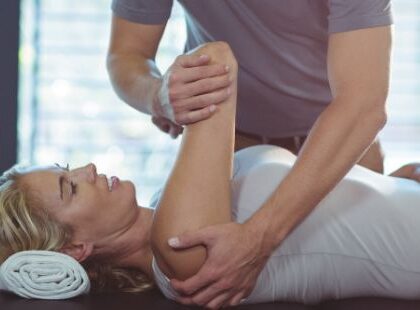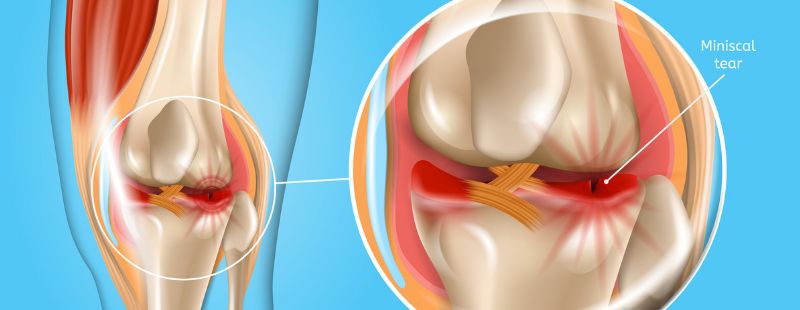
A torn meniscus is one of the most common types of knee injuries. It usually occurs due to a trauma caused to the knee joint when you forcefully twist or rotate your knee. It can cause severe pain, swelling and stiffness.
Studies in the United States have shown a .06% incidence of meniscal tears in the general population and up to a .87% incidence in the active-duty military population.
In this article, we will look at how to avoid and treat a torn meniscus. But before we do that, it’s essential to understand how a torn meniscus occurs.
The knee is one of the most important joints in the human body, and there are times when stress in that joint can damage it.
The knee has 2 types of cartilage that are prone to injuries:
Articular cartilage
This is the semi-rigid, smooth tissue covering all the bone ends and allows for this joint’s free movement. There are times when an impact caused by sports such as hockey and football can cause a tear in the cartilage. At times, the degeneration may be caused by age-related wear and tear, resulting in arthritis of the knee joint.
Meniscus cartilage
These are the crescent-shaped cushions positioned between the lower portion of the thigh bone & the shin bone’s upper part. Without this particular cartilage, the shin bone’s upper portion and the thigh bone’s lower portion would just grind against each other.
This can result in short-term pain as well as long-term arthritis. The knee has 2 menisci - the medial one positioned on the inside and the lateral one positioned on the outside. The medial menisci cartilage is the one that is more likely to get injured in sports; these are the different type of injuries that might occur:
What Causes a Torn Meniscus?
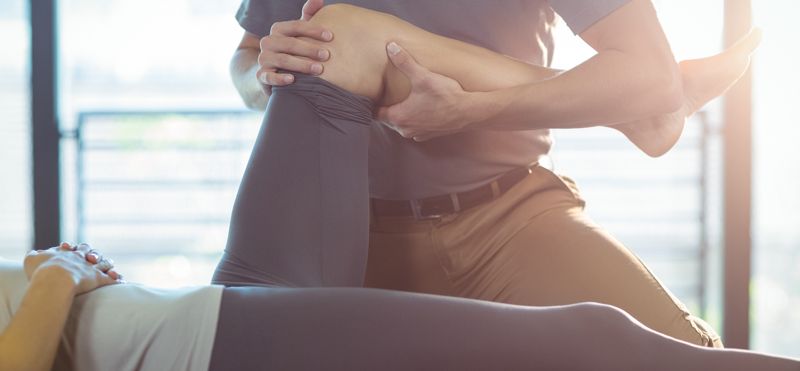
Typically, an athlete can suffer from a torn meniscus injury when the outside of the knee takes a blow. This impact can force it inwards, leading to a tear in the structure. At times, it’s a combination of compression and bending of the knee joint, decelerating, pivoting, twisting or changing directions that caused this tear. In some instances, a torn meniscus may occur in conjunction with some other traumatic injury like a torn ACL.
In older athletes, this cartilage tends to get frayed and weak, which makes it highly vulnerable to non-contact and contact injuries. Sometimes, even an action as simple such as squatting, might result in a minor meniscus tear. In the case of degenerative changes, the meniscus may involve a jagged/frayed edge. When the tear occurs right along the length of this cartilage, it’s called a longitudinal tear. A bucket-handle tear is when a part of the meniscus gets detached from the knee bone and forms a flap.
Who is at risk of a Meniscus injury?
Sportspersons that play tennis, lacrosse, basketball, soccer or football are more prone to meniscus injuries. Even runners that accidentally step into a hole or misstep may suffer this injury.
Symptoms of a Meniscus Tear
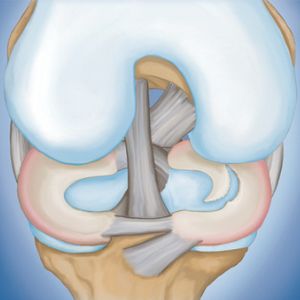
- Pain across the inside of the knee joint or a dull pain throughout the joint
- A popping sound when the injury occurs
- Pain that might subside just for a few days but may return with physical activity
- Swelling within 24 to 48 hours after the injury
- Muscle weakness
- Stiffness, tightness
- Inability to bend the knee fully
- Inability to put weight on the knee joint or buckling of the knee
- Locking/catching of the knee at an angle of 45 °
How to avoid a Torn Meniscus
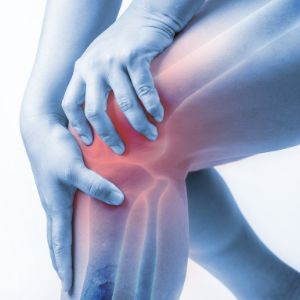
- While not all meniscus tears are preventable, there are specific points you can keep in mind that will reduce the risk of a torn meniscus.
In certain sports, they are more of a recreational/ occupational risk.
- You must take extra care should be taken while doing squats. This will help avoid too much compression in this cartilage.
- Work with a certified coach to ensure that you use a proper technique. This can help reduce the risk of meniscus injuries.
- It’s essential to include the following prep exercises in your warm-up routine. For example, include exercises like Glute Bridge and the Inverted Hamstring Stretch in your training.
How is a Torn Meniscus Treated?
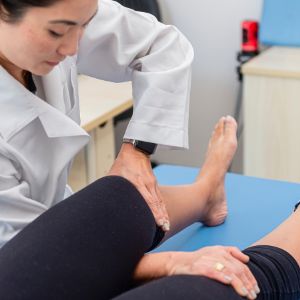
- The best way to treat torn meniscus is to take adequate rest. Use crutches if needed to provide additional support for your legs.
- Apply ice several times a day at 20-minute intervals during the first 48-72 hours after the injury.
- Use a cushion/pillow to keep your knee raised when you are resting or sleeping.
- Medication like Acetaminophen, aspirin, ibuprofen & naproxen can help relieve the pain. It’s a good idea to check with a medical professional first before you take any medication.
- After 48-72 hours, use some moist heat to increase circulation & relieve discomfort.
- If the pain persists for more than a week, get medical attention.
Chiropractic Treatment for Torn Meniscus Injuries
Most meniscus tears may not need surgical intervention. Most cases of mild to moderate meniscus injuries can be treated successfully using conservative chiropractic techniques. We at Paramount health have some of the most skilled and experienced sports chiropractors in Australia. We can help you recover from your sports injuries and get back to an active lifestyle.
If you want to know more about Torn Meniscus treatment, please contact us at Paramount Health. You can also call us on 02 9719 2060. We’ll be happy to help.






